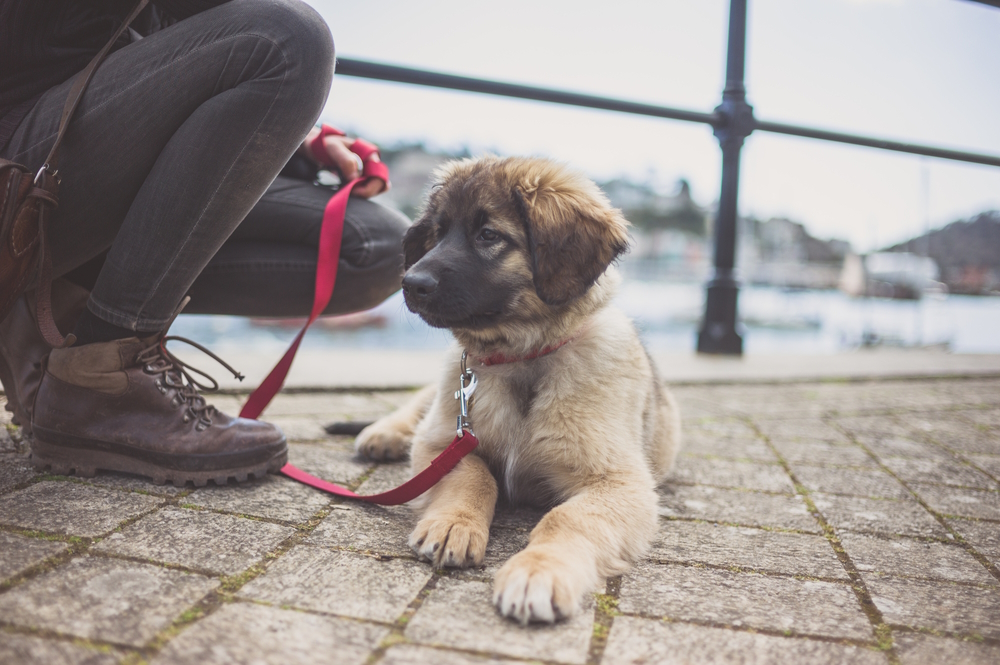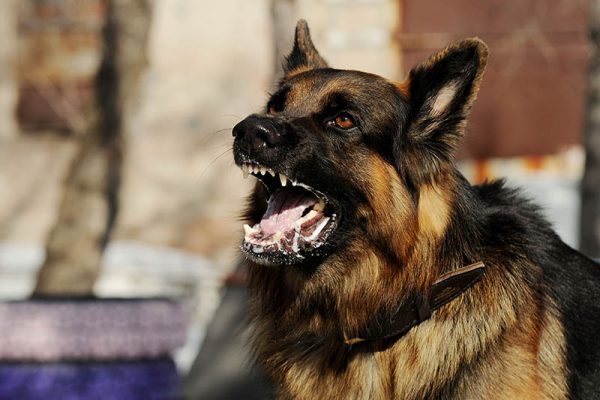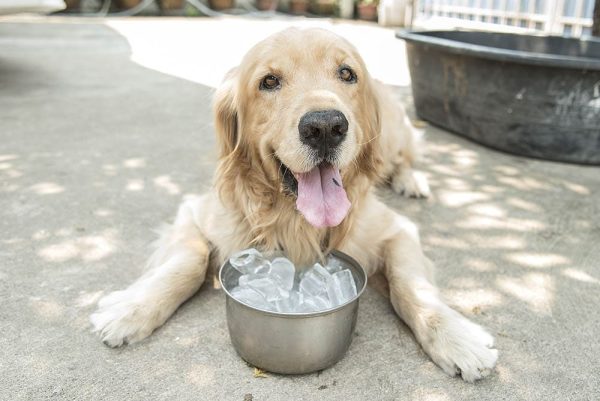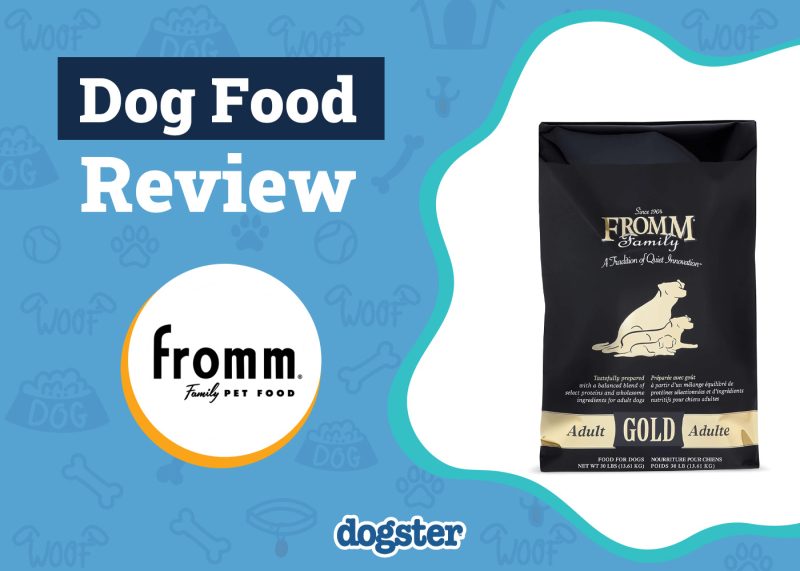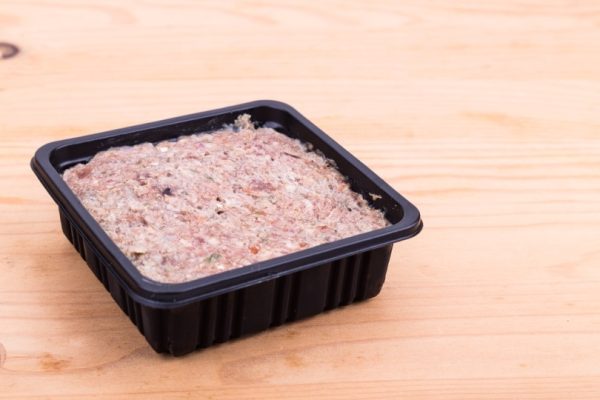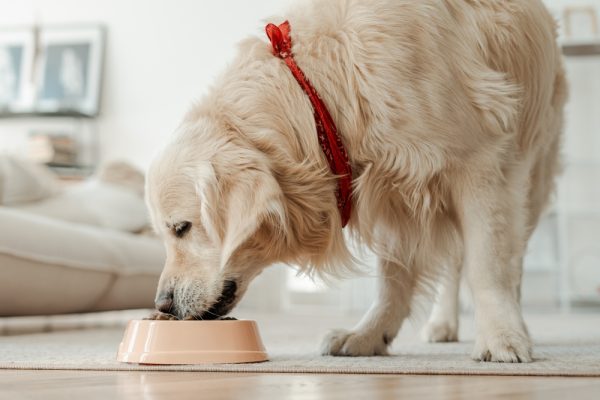We all know the stereotypical dog who excitedly brings you their leash to signal it’s time to go walkies. That’s why it can be confusing when your pup appears less than enthusiastic about walks. They might be reluctant to let you clip on that leash or run away.
Once the leash is on, they may put on the brakes and not move. There are some possible medical and behavioral reasons for this behavior, and one of them may explain why your puppy doesn’t want to walk.

The 7 Reasons Your Puppy May Not Want to Walk
1. Tiredness

Puppies need an incredible amount of sleep. They usually sleep comfortably for 18 to 20 hours a day. If you have a particularly busy household, your puppy may just need the extra sleep.
This could translate to wanting to sleep instead of going for a walk. Some breeds are less active than others, so your dog’s natural energy levels could also be coming into play here. For tired puppies, keep walks on the shorter side. You can also separate them from household chaos for naps throughout the day.
2. Fear
Puppies are impressionable, especially up until around 14 weeks old.1 While positive experiences are essential for healthy socialization, negative experiences can produce fears and phobias. If your puppy has experienced a traumatic event on a walk, they may be fearful of venturing out.
If they haven’t been exposed to much before the age of 14 weeks, they could also be fearful of the unknown. Try to build their confidence with positive experiences, but if the fear is extreme, you may need to seek professional guidance.
Puppies also go through fear periods, which can happen at around 6 to 14 months. During this time, your puppy will be unusually fearful of things that wouldn’t normally bother them. They may not even want to venture out of the house. The good news is that this is normal, and with positive experiences and encouragement, your dog can get through a fear period with no lasting effects.
3. Confusion
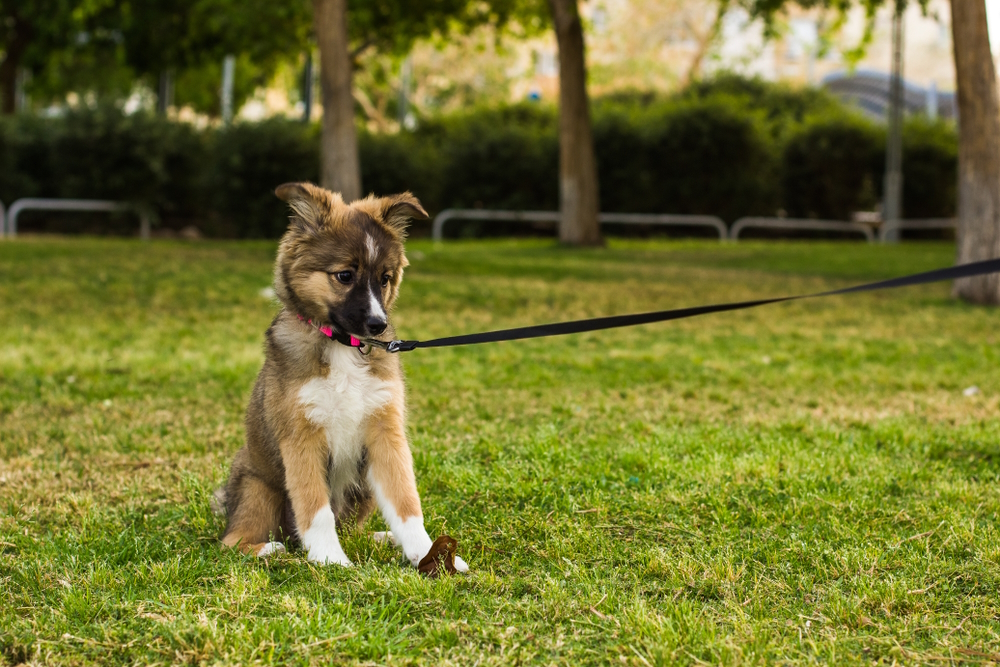
Walking on a leash is not something that comes naturally to dogs. If your puppy hasn’t been trained to walk on a leash yet, you should refresh their training at home before venturing out. First, make sure your collar or harness is comfortable for your dog.
Get them used to wearing the gear while at home so they don’t freeze when it’s placed on them for walks, and give them treats and praise to create some positive associations. Attach the leash at home once they’re comfortable with their gear and walk them around.
Give them treats when they follow you, and if they start to pull in another direction, simply hold still and don’t give in. They will learn quickly to follow the pressure of the leash and stick close to you. Keep the training sessions short to suit their short attention span.
4. Weather
The temperature outside could be impacting your pup’s willingness to walk. On hot days, dogs can overheat, and their paw pads can be burnt on hot pavement. Some dogs also don’t like getting wet if it’s raining outside or snowing.
Keep your dog comfortable by not walking in the hottest part of the day. You can also get them used to wearing protective gear like boots, coats, and rain jackets to protect them from wet and cold conditions.
5. Joint Pain
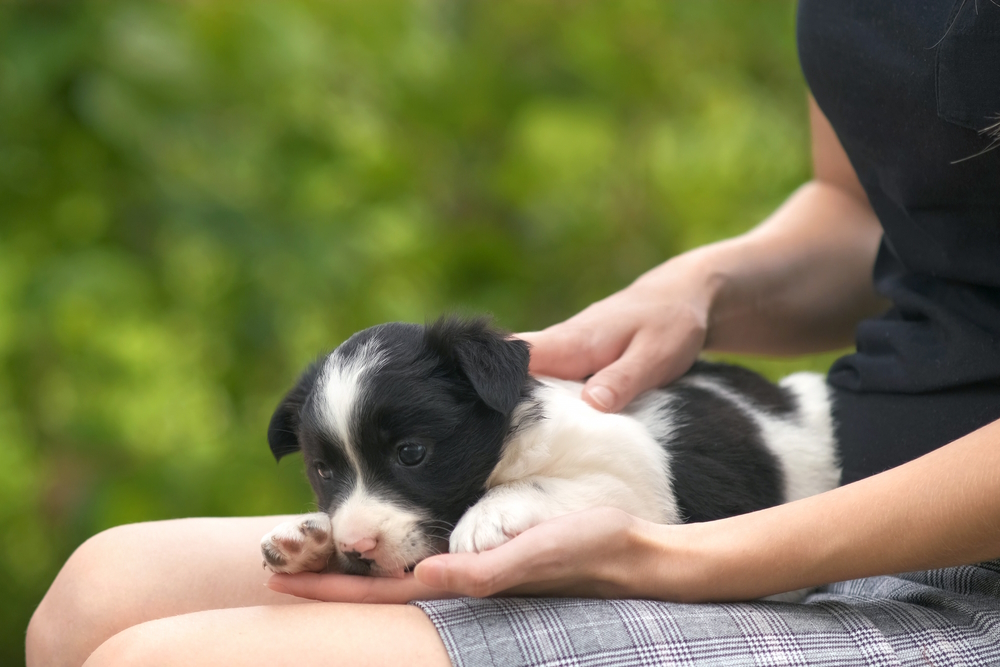
If walks cause your dog pain, naturally, they will be reluctant to go. Hip dysplasia is a common condition where the dog’s hip joint is loose because the bones that make up the hip don’t develop well in relation to each other. This can lead to pain, and over time, arthritis can appear in the joint.
Dogs cope with pain well, so the signs of hip dysplasia can be more subtle than you would think. While some dogs whine and limp, others only show a reluctance to exercise. Your dog may also be reluctant to jump up if they have hip dysplasia. It can be treated medically or surgically.
You should see a vet if you suspect your dog has hip dysplasia. Other joint diseases, such as elbow dysplasia and sprains, could also make your pup reluctant to walk.
Did you know you can speak to a veterinarian without having to travel? Just head over to PangoVet. It's an online service where you can talk to a vet online and get the advice you need for your pet — all at an affordable price!

6. Brachycephalic Obstructive Airway Syndrome (BOAS)
Brachycephalic obstructive airway syndrome (BOAS) occurs in short-faced dogs like the Pug, French Bulldog, and Pekingese. Dogs with BOAS have compromised airways due to narrow nostrils, a long soft palate, and other airway changes.
The result is airflow into their lungs being obstructed. These dogs have very noisy breathing and can’t cope well with exercise or heat. If your dog is a short-faced breed and makes a lot of noise on their walk, they might have BOAS, but surgery is possible to open up their airways. You should talk to a vet about this since BOAS can be life-threatening.
7. Other Medical Reasons
Other medical conditions can cause pain, lethargy, and exercise intolerance in puppies. There are too many to give a comprehensive list in this article, but heart problems, meningitis, parasites, toxins, and congenital diseases can impact your dog’s desire or ability to walk.
You should look for signs like lacking energy, coughing, wobbly gait, limping, reduced appetite, vomiting, diarrhea, pale gums, and collapse. If in doubt, get a check-up to ensure everything is okay.
If you’re concerned about your dog’s behavior we suggest you speak to a vet.

Conclusion
If your puppy doesn’t want to walk, the issue could be behavioral or medical. If you notice other signs of problems, you should get your dog checked by a vet sooner rather than later. However, if the root is behavioral, you can overcome it with environmental changes and training.
If you’re unsure why your dog doesn’t want to walk, it’s best to talk to a vet to be safe. Even if there is nothing wrong with your puppy, a vet can discuss the behavior with you.
Featured Image Credit: Lolostock Apex Studios, Shutterstock
